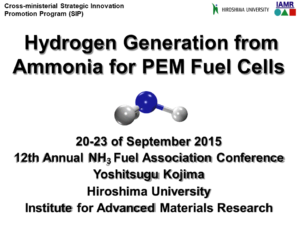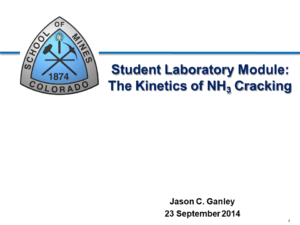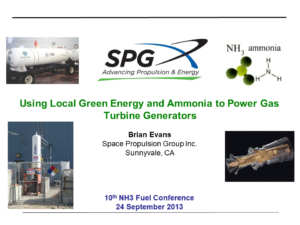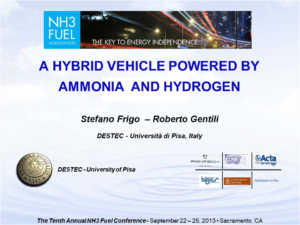Presentation
Cracking ammonia
In this talk, I will discuss our latest research in developing novel ammonia cracking catalysts. While ammonia can be used directly as a fuel in high temperature fuel cells, internal combustion engines and gas turbine, the ability to crack ammonia affordably and effectively increases the range of possibilities for utilising ammonia as an energy vector. For example, the production of an ammonia-free hydrogen/nitrogen gas mixture permits the consideration of ammonia as an on-board hydrogen storage option for transportation. Furthermore, the ability to partly crack ammonia provides an increased flexibility for internal combustion engines. I will outline developments in our search…







